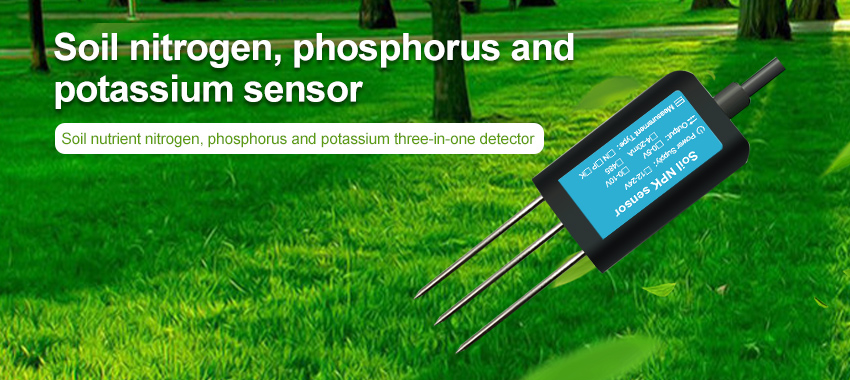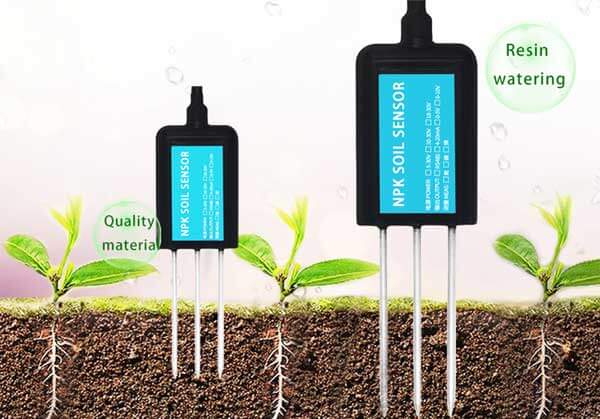Precision agriculture has revolutionized farming practices by utilizing advanced technologies to enhance crop yield, optimize resource usage, and reduce environmental impact. One crucial component of precision agriculture is the integration of soil sensors into farming operations. These sensors play a pivotal role in monitoring soil conditions, providing real-time data on nutrient levels, moisture content, and other important parameters. In this article, we will explore the significance of soil sensors in precision agriculture and how they can effectively enhance crop yield and nutrient management.

Understanding Precision Agriculture:
Precision agriculture, also known as smart farming or site-specific crop management, involves the use of technology-driven tools and techniques to optimize agricultural practices at a micro-level. By gathering and analyzing data from various sources, farmers can make informed decisions to maximize crop productivity while minimizing resource waste. Soil sensors play a vital role in this process by providing accurate and timely information about soil health and fertility.
Importance of Soil Sensors:
Soil sensors are designed to measure and monitor various soil properties that directly influence crop growth and development. This data helps farmers make precise decisions regarding irrigation, fertilizer application, and overall crop management. Some of the key parameters that soil sensors measure include:
Soil Moisture: Soil sensors accurately measure the amount of moisture present in the soil, allowing farmers to determine the optimum time for irrigation. This prevents overwatering or under-watering, ensuring efficient water usage and reducing the risk of waterlogging or drought stress.
Nutrient Levels: Soil sensors provide real-time data on essential nutrients such as nitrogen, phosphorus, and potassium. This information helps farmers to precisely apply fertilizers based on crop requirements, avoiding over-application and minimizing nutrient leaching into groundwater.
pH Level: Soil pH plays a crucial role in nutrient availability to plants. Soil sensors measure pH levels, enabling farmers to adjust soil acidity or alkalinity to optimize nutrient uptake and enhance crop growth.
Soil Temperature: Soil temperature affects various biological and chemical processes in the soil. Soil sensors monitor temperature, allowing farmers to make informed decisions regarding planting times, nutrient release rates, and pest control.
Soil Electrical Conductivity (EC): EC levels provide insights into soil salinity, which can impact crop growth. Soil sensors measure EC values, enabling farmers to manage soil salinity levels through appropriate irrigation and drainage practices.
Benefits of Soil Sensors in Precision Agriculture:
a. Improved Crop Yield: By providing accurate and timely information about soil conditions, soil sensors enable farmers to optimize crop management practices. Precise irrigation, nutrient application, and other inputs based on sensor data contribute to improved crop yield and quality.
b. Resource Efficiency: Soil sensors help farmers avoid excessive use of water, fertilizers, and other resources. This leads to reduced costs and environmental impact while promoting sustainable farming practices.
c. Disease and Pest Management: Soil sensors can also detect early signs of disease or pest infestation by monitoring changes in soil parameters. This enables farmers to take proactive measures, such as targeted pesticide applications or crop rotation, to prevent significant crop losses.
d. Increased Profitability: Precision agriculture, aided by soil sensors, allows for better decision-making and optimization of farm operations. This, in turn, leads to increased profitability through higher yields, reduced expenses, and improved resource utilization.
e. Environmental Protection: By minimizing unnecessary fertilizer and pesticide applications, soil sensors play a vital role in reducing agricultural runoff and contamination of water bodies. This helps protect the environment and supports sustainable farming practices.

Integration of Soil Sensors into Farming Operations:
Integrating soil sensors into farming operations involves several steps:
a. Sensor Placement: Soil sensors are strategically placed throughout the field to capture representative soil conditions. Factors such as soil type, crop requirements, and irrigation patterns influence sensor placement.
b. Data Collection: Soil sensors collect data at regular intervals, providing real-time information on soil parameters. This data is transmitted wirelessly or via data loggers for further analysis.
c. Data Analysis and Interpretation: Advanced analytics tools are used to analyze the sensor data and provide actionable insights. Farmers can access this information through user-friendly interfaces on computers or mobile devices.
d. Decision-Making and Action: Based on the sensor data and interpreted results, farmers
